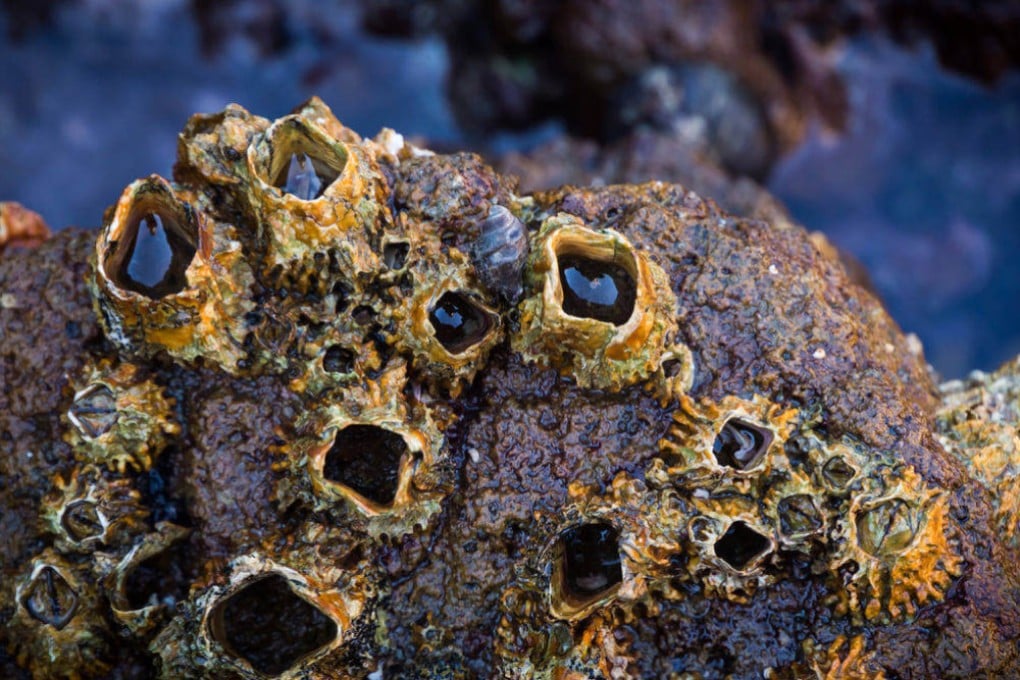Malaysia Airlines flight MH370: could barnacles hold the key to unravelling crash mystery?
- Studying the barnacles on a piece of plane debris could help investigators finally figure out where flight MH370 crashed, a researcher said
- A four-year search for the plane failed to locate its final resting place, but pieces of wreckage have been picked up across the Indian Ocean

MH370 might have drifted “far south” of where previous models have speculated, according to research published in AGU Advances, which analysed barnacles found on a flaperon, the moving part of a wing. The plane part washed up on Réunion, a French island in the Indian Ocean, a year after the disappearance.

A four-year search for the flight included the use of submersible vehicles, drift modelling, and sonar imaging. While the plane was never found, pieces of wreckage have been picked up across the Indian Ocean.
By studying how the barnacles’ shells have formed, researchers have been able to work out the surface temperatures of the seas where they have been. This provides important information in the search for MH370.
“The flaperon was covered in barnacles and as soon as I saw that, I immediately began sending emails to the search investigators because I knew the geochemistry of their shells could provide clues to the crash location,” said Gregory Herbert, an associate professor at the University of South Florida, who co-authored the research.
“Sadly, the largest and oldest barnacles have not yet been made available for research, but with this study, we’ve proven this method can be applied to a barnacle that colonised on the debris soon after the crash to reconstruct a complete drift path back to the crash origin,” Herbert added.
